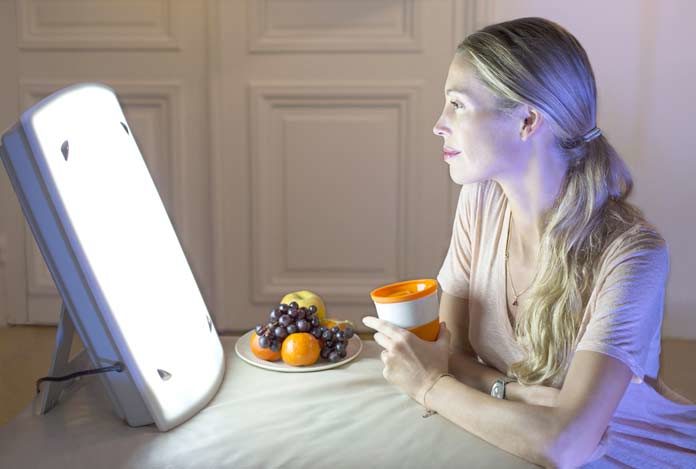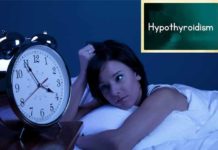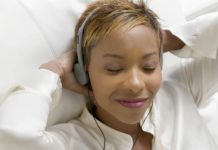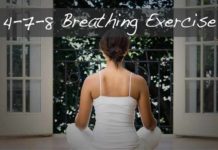
Light therapy is also called bright light therapy or phototherapy. It uses several light boxes that emit full-spectrum light similar to sunlight in composition. Daily light therapy sessions are an integral part of Seasonal Affective Disorder (SAD) treatment. SAD is a form of depression that is common during reduced exposure to sunlight in winter, spring or fall. A daily session of light therapy for almost 30 minutes is recommended to people with severe SAD, if their daily lives is disrupted due to SAD symptoms.
Generally, people sit in-front of these light boxes for around half an hour each day from early fall until the spring arrives such that the natural sunlight is enough to boost mood. The people with SAD usually sit in-front of these light boxes after waking up. They are not allowed to directly look into the light boxes but can write, read and eat while sitting in-front of them. Light therapy has proven effective in treating almost 80% of the people with SAD. Also, people with SAD when exposed to 10,000 lux light box for around half an hour each day had similar benefits like being treated using anti-depressants. Light therapy positively affects the brain chemicals that are associated with a person’s mood. Commonly, this therapy can relieve SAD symptoms within a few days but in certain cases, it might take several weeks. Alternatively, light therapy can be done using UV- rays for treating several skin conditions such as psoriasis and cutaneous T-cell lymphoma. Several studies are ongoing to find effect of UV light therapy for other skin conditions like vitiligo and atopic dermatitis. The light boxes that are used to treat SAD are specially designed to filter out the UV-light.
What Other Health Conditions Can Light Therapy Treat?
Apart from SAD, light therapy is also used to cure other types of depression and to enhance the effects of anti-depressants, or as a substitute for anti-depressants in a pregnant woman or a breast-feeding mother. It helps patients in reducing their anti-depressant doses. Light therapy is also used in treating bulimia and insomnia. Further research is going on for checking its efficiency as a treatment for dementia, premenstrual syndrome (PMS), obsessive-compulsive disorder, attention deficit hyperactivity disorder (ADHD) and Parkinson’s disease.
Who Can Recommend Light Therapy?
Psychiatrists, physicians, or health-care providers might recommend light therapy for treating SAD and other types of depression. The light boxes can be purchased without prescription, but Dr. Weil recommends consulting a doctor before buying light boxes. Your doctor can best tell you what kind of light box you should purchase and how to use a light box effectively for maximizing its benefits.
What Are the Conditions or Side-effects Where You Should Avoid Using Light Therapy?
People who are suffering from lupus must consult their doctors before initiating light therapy treatment. It is also not recommended if you have a history of skin cancer or your eyes are sensitive to light in conditions such as cataracts, glaucoma, retinopathy and retinal detachment. It might also cause manic depression in people with bipolar disorder. Certain medications like anti-inflammatory drugs, anti-histamines, melatonin, antibiotics, and herb St. John’s wort can cause increased sensitivity to sunlight and might initiate several unwanted reactions due to light therapy. Dr. Weil recommends consulting a doctor before initiating light therapy if you are on certain medications.
Few ophthalmologists have warned people against the blue light emitted by the light boxes used in light therapy. This blue light is part of the full-spectrum light and might lead to age-related macular degeneration in people over 55 years of age. But, there are not sufficient evidences to back this risk. If the glare is troublesome, you can wear special glasses or clip-ons while seated in-front of the light boxes. There are also light boxes with filtered wavelengths that are believed to be harmful. Other side-effects include nausea, headaches, eye-irritation or strain. These symptoms will generally disappear in a few days. Light therapy can also be combined with talk therapy or cognitive behavior therapy and anti-depressant drugs for treating depression.
What Are Dr. Weil’s Views on Light Therapy?
Dr. Weil recommends light therapy for people with SAD who have severe symptoms that are disrupting their daily life. He also noticed that cognitive behavioral therapy (CBT) alone is much more effective in reducing recurrences of SAD than light therapy or a combination of both CBT and light therapy. Additionally, light therapy must be provided regularly for its effect, whereas CBT might prove effective in a matter of few weeks. Milder cases of SAD can be well treated by indulging in daily long walks and sitting near windows at your home and office. Living near equator can also help you in relieving SAD recurrences. There is nothing better than natural sunlight because it has around 130, 000 lux of light which is about 13 times the light intensity from a light box.
Dr. Weil also recommends a daily intake of 2,000 IU vitamin D as more than 70% of the U.S. population is vitamin D deficient.










